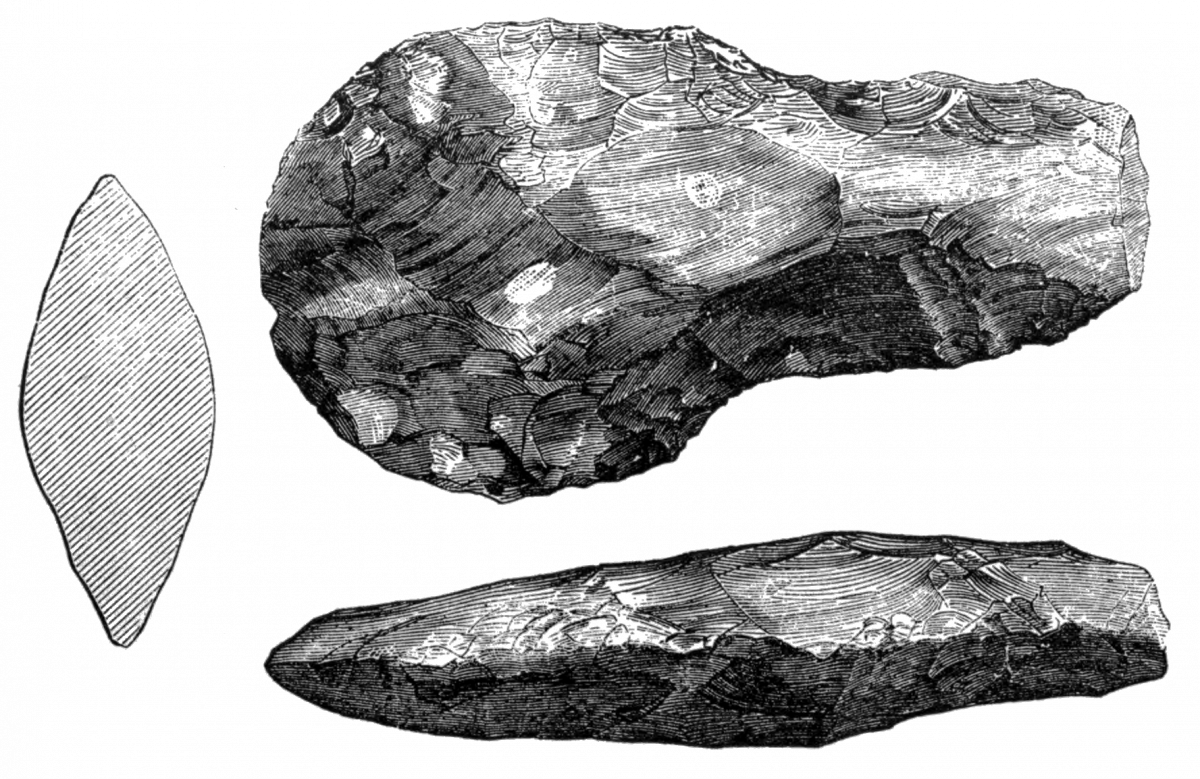We’ve spent the last few months looking at our own history, but we haven’t investigated the history of Klein Tools’ foundation: hand tools! A hand tool, by definition, is any tool that you power with your hand and not a motor. While the tools that we use today are streamlined and often multi-functional, rudimentary versions of these tools have existed as long as humans have.
Stones were the first tools, as seen during the – aptly named – Stone Age. Because humans don’t have claws or teeth long enough to tear through skin, cutting tools were necessary to obtain and prepare food. “Cutting” stones that had naturally sharp edges came to use first. Following this, early humans began to sharpen blunt stones to get the same effect. They also used fire to shape wood into useable tools for hunting and other needs.

As humans evolved, so did their tools. Ancient Greeks, Romans and Egyptians all had hand tools that were early models of the ones we use today. Throughout the Bronze Age and later the Iron Age, people improved on tools’ designs and materials to make them more effective and durable.
The industrial revolution that spanned from the late 18th century into the early 19th century caused the most significant change to tool manufacturing processes. Before that, tools were made mostly by hand in small batches or one at a time. The new technology of this era, however, allowed tools to be made in factories. Companies could manufacture tools much faster and in much higher volumes. Even though those production volumes are nowhere near today’s standards, that technology paved the way for current production methods.
Today, tools are more varied and advanced than ever before. If you have a job, there’s a “right” tool for it. While today’s specialized hand tools certainly make day-to-day life easier for us all, it is amazing to look back at where it all began.

What tools do you think were most useful to ancient societies? Let us know on social media!
